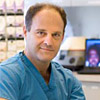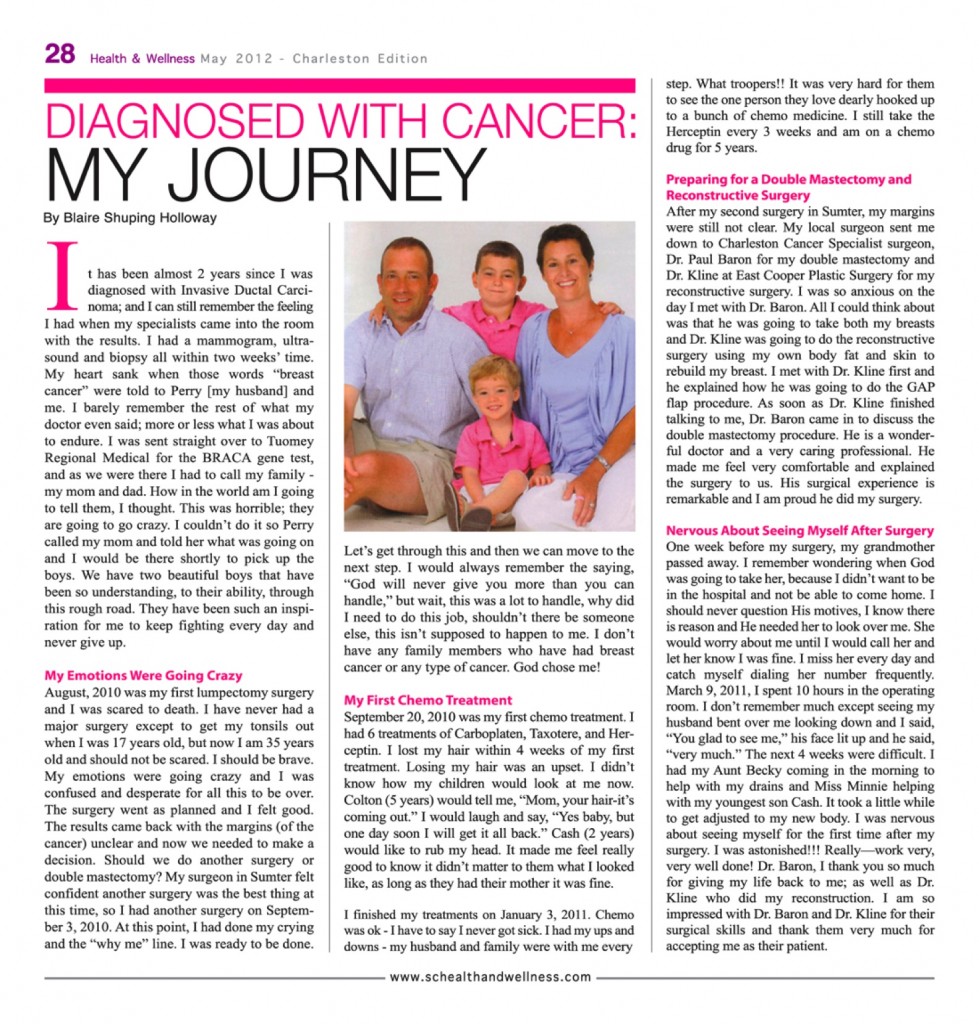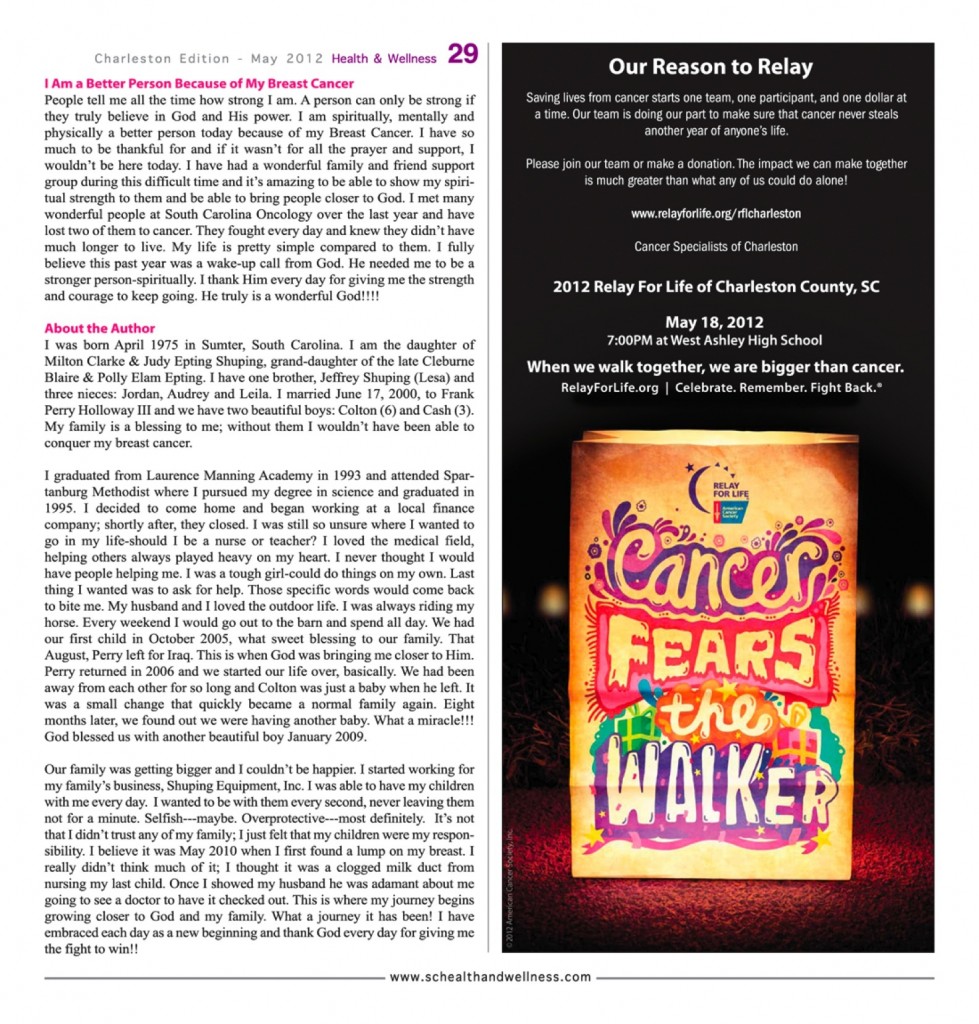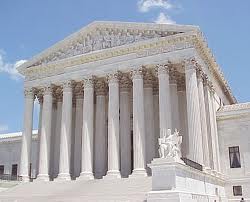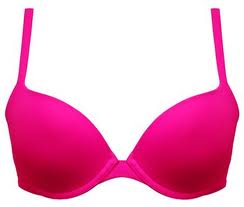 The below question was answered by Charleston breast surgeon, Dr. James E. Craigie of The Center for Natural Breast Reconstruction:
The below question was answered by Charleston breast surgeon, Dr. James E. Craigie of The Center for Natural Breast Reconstruction:
Can I increase the previous size of my breast during a DIEP breast reconstruction?
Breast reconstruction requires detailed planning before surgery. One of the most important considerations is the desire of the patient to either be the same as she was before mastectomy or to change some aspect of the breast. When there is adequate donor tissue (in the case of a DIEP excess tummy tissue) we may have the opportunity to increase the patient’s bra cup size given adequate planning and adequate donor tissue. The desire of the outcome is always to be proportional and if someone has more tissue on the tummy we can usually achieve this. In ideal circumstances, we plan to make the reconstructed breast approximately 20% larger at the first stage than the end goal after the reconstruction process is complete. During the first stage of surgery, the tissue from the tummy is transferred and the primary goal is to have adequate blood supply and healthy nourished tissue. The shaping of the breast is secondary to the functioning of the blood vessels during this stage. At the second stage of surgery, in order to create a more natural shape, some tissue may need to be removed or any tissue that did not survive the initial transfer (fat necrosis) removed.
Therefore, when planning the first stage procedure, we try to end up with slightly more than desired. That gives us the ability to shape the breast and we can always make it slightly smaller at the second procedure; which is a much easier adjustment than making it larger. So, it is possible to increase the current breast size with the DIEP, but it would depend on the size of the breast prior to the mastectomy and how much donor tissue is available for reconstruction.
Are you thinking of having reconstructive surgery and have questions or just want more information? Then click here to ask our team, we’d love to hear from you!





